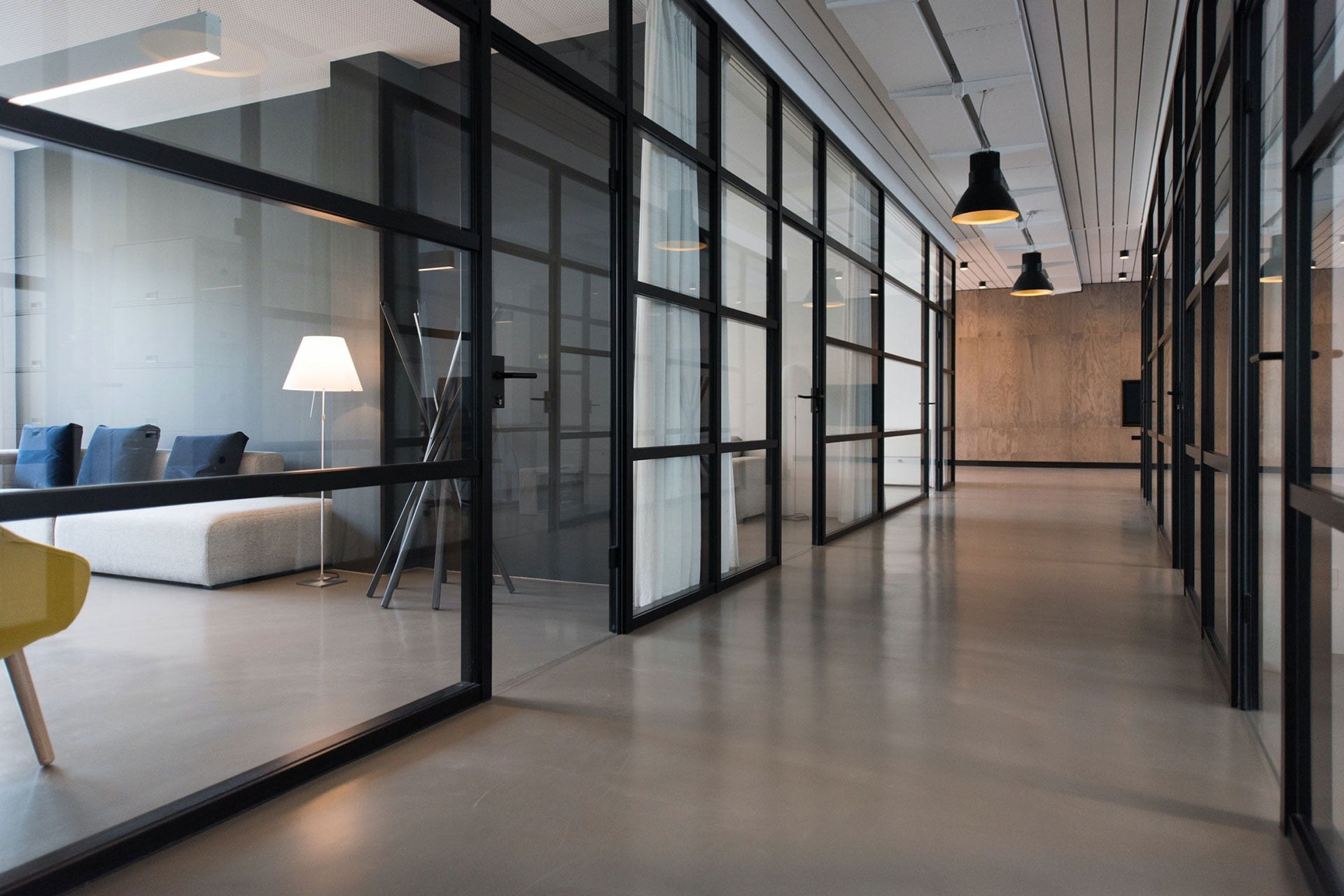Subletting Premises?
Have recent events resulted in your business having surplus office, retail or warehousing space? If you are thinking of subletting, here are some key things to consider before granting the sublease.
By Arthur Chung
Have recent events resulted in your business having surplus office, retail or warehousing space? If you are thinking of subletting, here are some key things to consider before granting the sublease.
- Check your lease does not prohibit or restrict subletting. Most leases require the head landlord’s prior consent.
- Check the permitted use in your head lease allows for the subtenant’s proposed use. If not, the head landlord’s will be required to a change of use.
- Assume the mindset of a landlord when assessing the suitability of the proposed subtenant. Do your due diligence and obtain guarantees and/or other forms of security where appropriate. The information you collect may be required to obtain head landlord’s consent.
- Ensure the sublease term does not extend beyond the expiry date of your current head lease term. If you have rights of renewal under the head lease, only grant your subtenant renewal rights that are exercisable if you exercise the corresponding renewal right in the head lease.
- Consider whether a gross rent, or a net rent (with proportionate sharing of operating costs based on areas occupied or some other basis) would work best for you and the subtenant.
- If the rent is subject to review, ensure the sublease records when, and how, those reviews will occur.
- Consider what facilities and areas will be shared and what will be exclusive to you and to the subtenant. Include clear plans showing exclusive and shared areas and agree rules (where appropriate) to ensure the shared use of such facilities and areas are workable.
- Check whether building services (such as HVAC, lighting, sprinkers, emergency exits etc) will need to be altered for the sublease. If alterations are required, ensure the head landlord consent is obtained and the subtenant is responsible for reinstatement.
- Consider whether new security or health and safety protocols are needed and if so, agree these upfront.
- Where possible, ensure your sublease is granted on back to back terms as those contained in your head lease insofar as they apply to the sublet premises. Most subleases are deemed to have incorporated the terms of the head lease (with certain excepted obligations) and a copy of the headlease is attached to the sublease.
- Include in your sublease a list of landlord fixtures and fittings and premises condition report. These will be important when the sublease ends and you need to assess what make good and reinstatement obligations are to be met by the subtenant.
There is often more to subletting than most people realise. If you need assistance to negotiate and document a sublease, talk to Arthur Chung at Wynyard Wood who has plenty of experience in commercial leasing.



